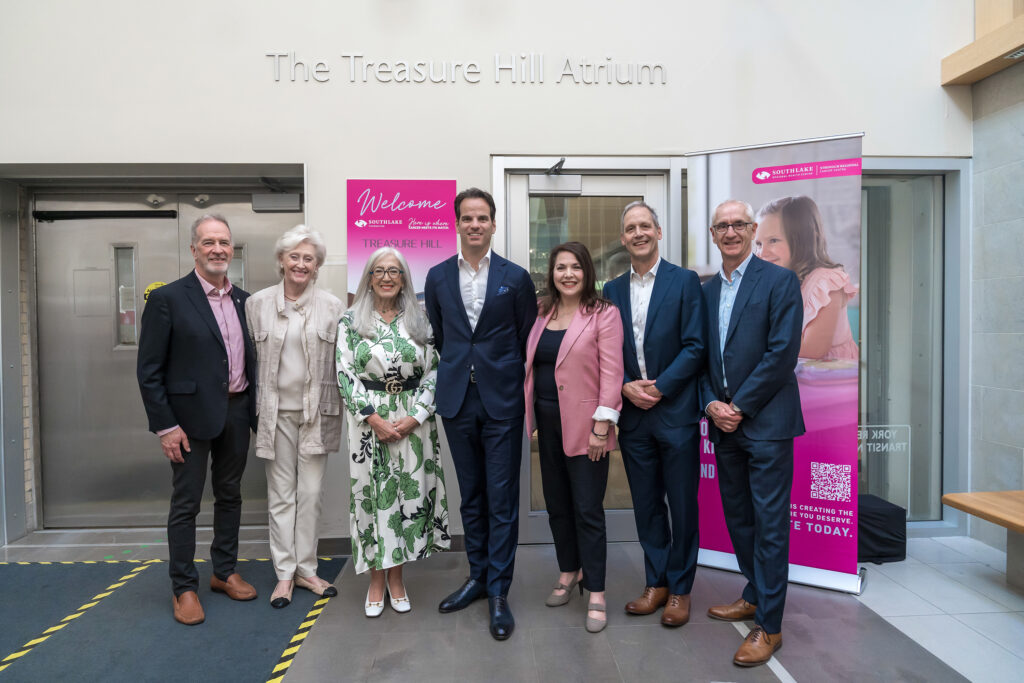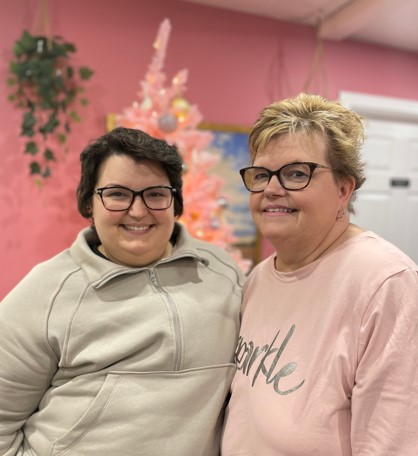Southlake’s cardiac and cancer teams collaborate to offer an innovative approach to treat the electrical inner workings of the heart
Leading-edge research led by Dr. Yaariv Khaykin and Dr. Mojgan Taremi proves that patients who are not medically stable for surgery can be treated with radiation as a less-invasive option
Patients with heart-rhythm issues called arrhythmias experiencepalpitations, shortness of breath and fatigue. These patients are usually treated with a procedure called an ablation. However, for some frail, elderly patients who have other conditions, ablation is not a safe option.
Southlake Regional Health Centre’s cardiac and cancer teams have been working closely for the past two years with a team from Washington University in the United States that developed a new less-invasive approach.
The goal of this research was to try a new way to perform the procedure for those who have not been able to tolerate medical therapy and were too unstable to be treated with an ablation. Southlake’s first procedure, referred to as Stereotactic Body Radiation Therapy (SBRT) was performed on October 22, 2020.
This innovative approach involves a radiation treatment machine called a linear accelerator, which is typically used for treating cancer tumours. Now this machine is being used to burn away the part of the heart responsible for the patient’s life-threating arrhythmia. SBRT is non-invasive and only involves a 30-minute radiation treatment. The patient does not require anesthetic or invasive catheters to the heart.
Here is how it works: the patient comes in and is fitted with a Cardioinsight vest, which is a vest outfitted with electrodes. They receive a CT scan with the vest on so the cardiac team can map out the patient’s arrhythmia. This map is then combined with the diagnostic images of the area where the arrhythmia is occurring to identify the specific part of the heart needs to be targeted by the radiation treatment.
Dr. Khaykin says the benefits for patients to have this new option are a tremendous win for our team in providing leading-edge care. “We are thrilled to see that this option is available and it has been an honour to work together with our radiation oncology team and our U.S. colleagues to provide effective, safe options for our sickest patients,” said Dr. Khaykin.
“This has been an amazing experience to use both cardiac and cancer team’s expertise and to come up with a less-invasive way to help patients with arrhythmias. My team is very proud to be part of this research and to provide this level of care alongside our cardiac team partners,” said Dr. Taremi.
Southlake is one of the few hospitals in Canada, and globally, to treat a patient with SBRT. This treatment required collaboration between nurses, heart rhythm and radiation therapists, radiation physicists, radiation oncologists, anesthesiologists, and electrophysiologists to plan and deliver treatment. The team is planning to perform the procedure for three more patients by the end of the year.


